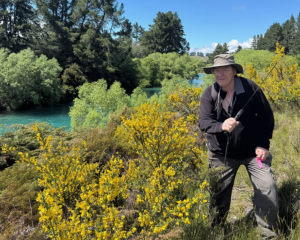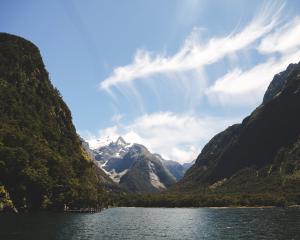
The yellow-eyed penguin that fledged from Penguin Bay, south of Owaka, wearing a transmitter paid for by the branch, has travelled more than 950km from home in a first-ever marine tracking study of juvenile yellow-eyed penguins (hoiho) by University of Otago researchers.
South Otago Forest & Bird chairman Roy Johnstone said members were "flabbergasted" by the distance "our penguin" had swum.
Takaraha, one of 23 birds to be fitted with up to 40g satellite tags, showed up last night in a position 11 nautical miles due east of the Wairau River Mouth, near Blenheim.
While enamoured with "the magical stuff of having that spatial information, of being able to see where they are" and wondering where the bird planned to go, members knew the bird's chances of survival were low - only one in five birds survive their first year.
"We battle on, we hope that we don't lose yellow-eyed penguins before it's too late - at the rate they're going they're going to be gone in the next few tens-of-years - but we want Takaraha to come home," he said. "Come home, come home, your job's done."

"... this is the first time we are actually looking at their use of the marine environment," she said, "but it's the survival of this period that we're more interested in, which areas they are using in these first few weeks and few months of their lives, because we know that this is the time that is the most critical for their survival."
Three of the satellite transmitters were no longer online: one never sent a signal; and two went offline after transmitting signals for about two weeks. The penguins had to be on the surface for the devices to send transmissions. The devices could have failed, or the birds could have starved or been killed by a predator.
University of Otago's Thomas Mattern late last year predicted the birds were headed to local extinction on mainland New Zealand; 250 breeding pairs exist on the southeast coast.










